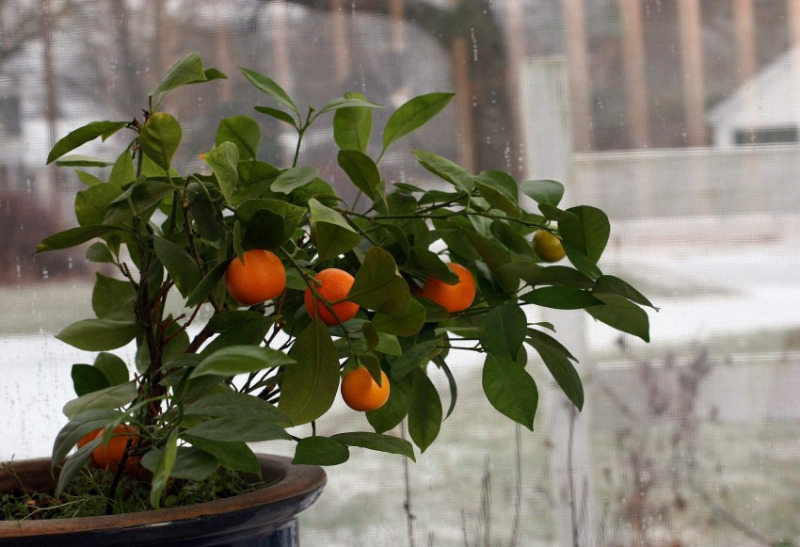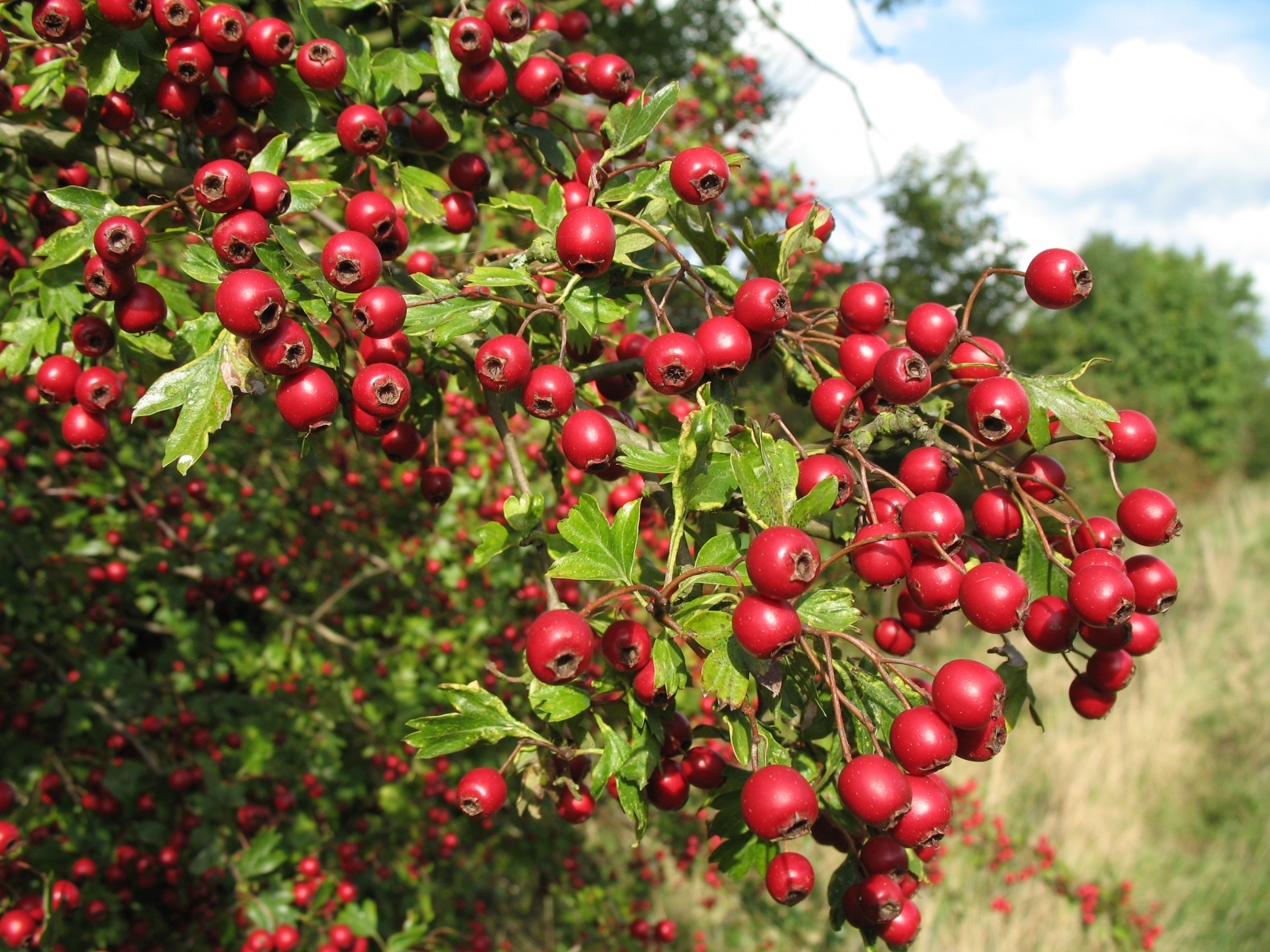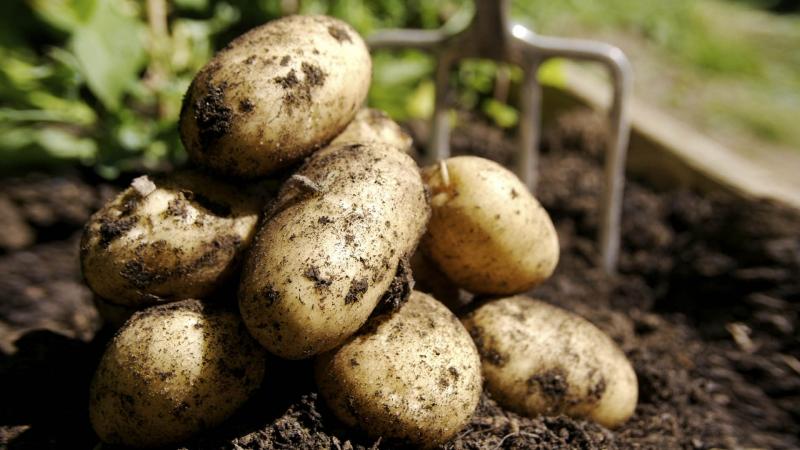Contrary to popular belief, growing a tangerine tree is within the power of not only experienced gardeners, but also just amateurs. We will tell you in our article how to do it correctly.

Seed preparation
Mandarins are heat-loving plants, so cold-resistant seeds are best for planting. Such seeds are “Clementine”, “Sochi 23”, “Unshiu broadleaf”, “Kavano-wase” and “Pioneer 80”. Let's talk about each species in more detail. The Clementine variety has bright orange fruits, the taste of the fruit is sweet and the crown is thick. The "Sochi 23" fruits are also sweet, but pear-shaped. This variety belongs to the early maturing. "Unshiu broadleaf" has large, stiff fruits and a pyramidal crown. "Kawano-wase" is a dwarf tree. The fruits grow in bunches, have a juicy light orange pulp and a thin rind. The variety "pioneer 80" has sweet and sour fruits of a flat-spherical shape. The crown is cylindrical, sparse.
If you could not find the above seeds, try growing a tree from tangerine seeds from Abkhazia. True, its characteristics as varieties will not be so high. It is better not to use fruits from Morocco and Spain. Tangerines grown from seeds begin to bear fruit only after four years, and their fruits are sour, small at first. In order for them to appear earlier and to be tasty, the tree is grafted with the help of a branch of an already fruiting mandarin. The branch should not be more than two years old.
Having prepared the seeds, we soak them so that they swell. Wet gauze or hydrogel will help us with this. When using gauze, it is important to ensure that there is not too much moisture - it is better to add water as needed. When using a hydrogel, everything is much simpler: it absorbs a large amount of moisture, and then slowly releases it. The seeds do not need to be soaked. This will not affect the quality of the tree, but such seeds sprout longer, and it is impossible to immediately determine whether they have sprung up at all.
Soil preparation
Tangerines don't like peat, and it is found in many ready-made potting mixes, including those designed for citrus fruits. Therefore, it is better to prepare the soil yourself. To do this, mix one part of humus (or compost), three parts of sod land, one part of leafy soil, one part of sand and a small amount of clay. If it is impossible to make the mixture on our own, we purchase a neutral soil like "rose" or "vermicompost".
To prevent stagnation of moisture in the soil and rotting of the roots, we put drainage on the bottom of the container. Its thickness should be 4-6 mm. You can use small pebbles, clay shards, expanded clay. After the tree turns 3-4 years old, oily clay is added to the soil - it helps to provide the necessary moisture.
Landing
If the seeds are soaked, then we wait until their roots hatch and immediately transplant them into the ground. Before germination, the seeds must be kept under a film.
Care
Even the seedlings that have just appeared need feeding with formulations that are intended for citrus fruits. So that the compounds do not burn the roots, the plant is watered before feeding. Top dressing is done every two weeks. Every year, tangerine trees under eight years old are transplanted into larger containers. This is best done in the spring months. After reaching the age of eight, the transplant is carried out less often - once every two years.
The transplant is carried out as follows: first, the soil at the sides of the tub is watered, then gently knock on the tub with a spatula or palm, so that it is easier for the roots to separate from the walls. They take a tree at the base and carefully remove the roots without shaking them off. Place the plant in a new pot that already has drainage and a layer of soil. Sprinkle with soil (you do not need to completely sprinkle the root collar, otherwise it will be more difficult for the tree to take root). Lightly ram the soil and water the plant.
The tree is best grown on a south window, as tangerines love light. However, the plant is not kept under the scorching sun, so as not to burn the crown and not dry out the soil. In summer, the tub is taken out into the garden or on the balcony. In winter, the plant does not have enough light, so it is heated under phytolamps. The air temperature should not drop below 14 degrees. The plant loves high humidity, so it is regularly sprayed, and a container with water is placed next to it. By evaporating, it provides the plant with the necessary conditions. In summer, the tree is watered abundantly and often (several times a day). In winter, less often - only three times a week, as the soil dries up. Water is used at room temperature. Also, just in case, the tree can be treated with pests: citrus whitefly, spider mites and others.


